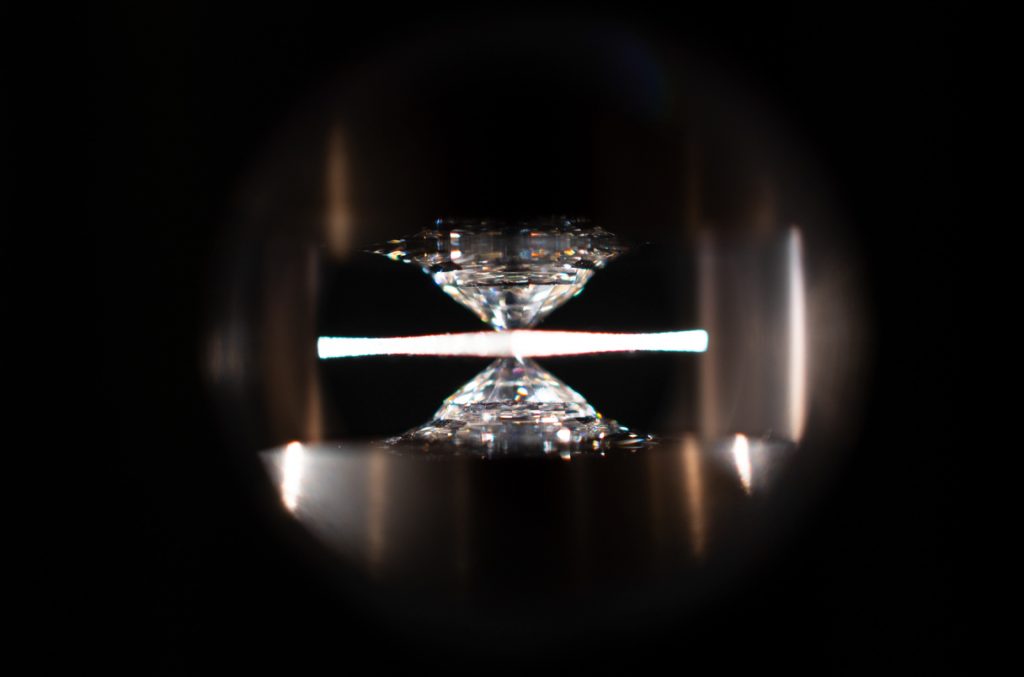The prospect of a room-temperature superconductor has been a tantalizing goal for decades, promising a revolution in the way we produce and use electricity. And this week, scientists announced a new material that appears to bring us closer to that dream.
Superconductors are materials that, when cooled to very low temperatures, can conduct electricity with zero resistance, meaning no energy is lost as heat. This property could transform the way we use and store electricity, from more efficient power grids to faster, more powerful electronics. But until now, superconductors have only worked at temperatures close to absolute zero, making them impractical for most applications.

The new material, made of lutetium, hydrogen, and nitrogen, is superconductive at temperatures around 15 degrees Celsius (59 degrees Fahrenheit) when compressed to a pressure of 145,000 pounds per square inch. While this is still a far cry from room temperature, it is a significant step forward in the quest for a practical superconductor.
Of course, there are still many challenges to overcome before this material can be used in real-world applications. The high pressure required to achieve superconductivity makes it difficult to work with, and there are concerns about the material’s stability and durability over time.

But despite these challenges, the discovery is a major achievement and could pave the way for future breakthroughs in superconductivity. It is a reminder of the power of scientific inquiry and the potential for new discoveries to transform our world. If we can unlock the secrets of room-temperature superconductivity, we could open up a whole new realm of possibilities for technology and energy production, from ultra-fast computers to clean fusion power plants.


